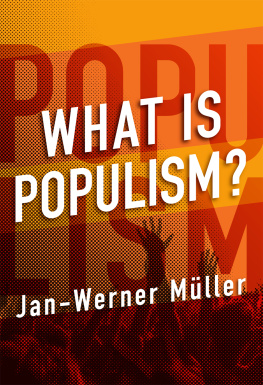Privileged Populists
In loving memory of:
Peter J. Awna mentor.
&
David Graeberan inspiration.
Privileged Populists
Populism in the Conservative and Libertarian Working Class
Micah J. Fleck
Contents
Artist rendering of traditional horseshoe theory diagram. |
Artist rendering of typical fishhook theory diagram. |
Visualization of the populist rationale spectrums formation process. Distorted populist propaganda shoots out like tendrils and affects the gaps in the populist narrative leading all the way back to more organic forms of populist rhetoric |
Artist rendering of subsequent organic migration within the populist rationale spectrum |
By percentage, recorded ideological motivations between all domestic terrorist acts in the United States for the year 2018 |
On December 16, 2007, a wave of grassroots supporters for the presidential campaign of the libertarian-minded Republican congressman Ron Paul held a twenty-four-hour record-breaking fundraiser to coincide with the 234th anniversary of the Boston Tea Party, one of the defining acts of protest that led to the American Revolution. The turnout was unprecedented, passionate, and most importantly, genuine. Its reverence for the revolutionary spirit of the eighteenth-century American colonists who felt wronged by the tyrannical British government was no farcefor all the bad press it would ultimately come to endure, the Tea Party movement of the early 2000s began as a very real call for liberation of working-class people.
But, liberation from what, exactly? If a group of people in this day and age are going to take rhetorical cues from the revolutionaries of their countrys inception, it stands to reason they had better have a decent grasp on what it means to even be a revolutionary in the first place. From the perspectives of the Tea Party movements founders, it was quite simple: to be a revolutionary in modern America was to hold deep skepticism of state power, disdain for collusion between government cronies and corporatist elites that edged out free enterprise, and loyalty to a sense of patriotism that was tethered not so much to ones geography but to the posited principles behind the countrys very founding: autonomy for everyday people. Colloquially, this was referred to as the modern liberty.
That broad sentiment finds its tangible political application in fights for more choices for workers, the ability to retain and live off the direct fruits of ones own labor, and a more decentralized, representative form of governance. The modern rights particular brand of revolutionary unrest is grounded in these same fights, not unlike any other form of radicalism throughout history that has called itself revolutionary. For this kind of unrest to even be present in the first place, of course, there must be held in common across the demographic experiencing it a set of genuine grievances with the given status quo. In the case of the originators of the modern Tea Party movement, those grievances were genuine because real, working-class people were those most enthusiastically supporting the Ron Paul campaignnot out of loyalty to the Republican Party or conservative tradition, but out of eagerness to create a better future for other workers much like themselves.
Only ten years later, in 2017, the self-described revolutionaries of the political right in America were no longer these same people holding the same ideas and principles mentioned earlier. Instead, a much broader sense of what it meant to be revolutionary and pro-liberty was growing increasingly prominent in this space, including reverence to geographical location, ethnic solidarity, and a united distrust against perceived enemies of different cultural values and lifestyles. It was as if the age-old bigotry of evangelical conservatism had somehow found a revival within the more radical wings of working-class conservatism, and that such a process had gone unchallenged due to it being rhetorically wrapped in the claimed cause of liberty. Were the seemingly sincere libertarians still part of this movement? Yes. But alongside them, other stripes of revolutionary conservative were gaining prominence, and they held much more sinister sentiments along cultural lines. A little over three years after that shift had become the prominent driving force in the radicalized right, this broad subset of working-class conservatism and libertarianism finally attempted its long-craved revolution, and an armed march uponand subsequent occupation ofthe US Capitol building on January 6, 2021, occurred in an attempt by this group to stop what they believed was an illegitimate confirmation of a new US presidency that saw to end a four-year era of perceived populist representation of their most desperate plights in the form of the Donald Trump presidency.
At first blush, it might have been reasonable to assume that this shift had entirely originated from within the aforementioned Tea Party movement. After all, in only a matter of a few short years, that movement had significantly changed. No longer was it truly grassroots, instead infiltrated by corporate money and mainstream Republican politicians aiming to ride the wave of revolutionary unrest and use it to their own advantages. The movement was no longer genuinely guided by working-class conservatives, yet it still claimed to be. Unfortunately, many working-class conservatives themselves seemed to buy into that claim, continuing to participate despite the insincerity now prominent. However, this shift from truly bottom-up unrest with the present status quo to a veiled support of it was not exclusive to solely the Tea Party movement. That example can, however, serve as a microcosm of a more widespread process of distortion that this books author contends to be a frequent occurrence within various conservative movements that consider themselves revolutionary.
To understand this, one has to dig much deeper into the history of revolutionary thought as a whole. When one does that, it becomes clear that all of these various flavors of outcry and government distrust from working-class people, conservative variants included, can all find their historical origins in socialism , not conservatism of any kind.
That is a position many readers may find difficult to believe if they have never encountered such a suggestion before. Indeed, if it is the revolutionary right wing under examination in this text, why wouldnt it be conservative principles driving the ground-level distrust of government? Isnt that what conservatives of all types claim is at the heart of their antiestablishment screeds? But the claim that socialism can give us the true insight to the rationale behind working-class revolutionary unrest as delineated earlier, even if a particular brand of said unrest exists on the right, is nevertheless a claim the author confidently stands by. In the following pages, the reasons for this will begin to become clear. For now, the summation can be understood as follows: socialism contains the authentic genesis of all antiestablishment unrest, while the right-wing anti-political manifestations that use similar rhetoric resulted from a distortion of that same unrest.
These conclusions were not initially intuitive to the author of this work. What now sits before the reader is the culmination of nearly two years of exhaustive research, philosophizing, corresponding with fellow scholars, revision, and, above all, a willingness on the authors part to unlearn what was assumed about what it means to be a revolutionary in the vein of those cited earlier. A brief overview of the specific questions and answers that cropped up over the course of the work is forthcoming, but at the outset, a handful of expectations for the reader.


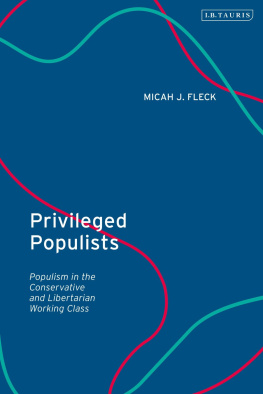

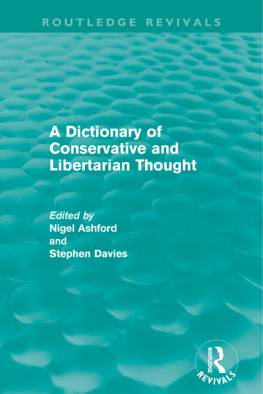
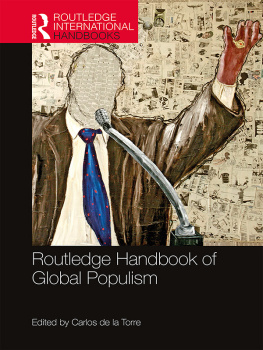


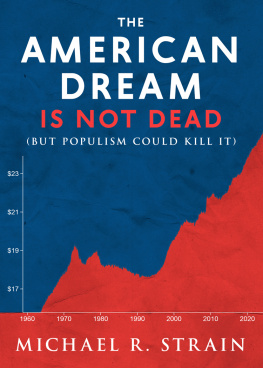

![Micah Godbolt [Micah Godbolt] - Frontend Architecture for Design Systems](/uploads/posts/book/120624/thumbs/micah-godbolt-micah-godbolt-frontend.jpg)
